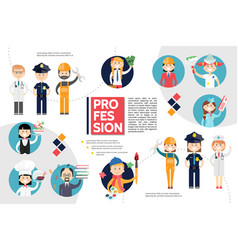Understanding Seasonal Influences On Commercial Outside Paint: Vital Knowledge For Success
Understanding Seasonal Influences On Commercial Outside Paint: Vital Knowledge For Success
Blog Article
Short Article Writer-Carlson Rosendal
When you're preparing a commercial exterior painting job, seasonal variables can make or damage your results. You'll wish to take into consideration exactly how temperature level and humidity impact paint application and drying times. Selecting the best period can ensure your paint sticks effectively and lasts longer. However which seasons are really the most effective for this kind of job? Let's explore see it here that can influence your project's success.
The Influence of Temperature Level on Paint Application
When you're planning a business outside paint job, the temperature can significantly impact exactly how well the paint sticks and dries.
Preferably, you wish to repaint when temperature levels vary between 50 ° F and 85 ° F. If it's also cool, the paint might not treat properly, resulting in issues like peeling or splitting.
On the other side, if it's too hot, the paint can dry also rapidly, stopping correct attachment and causing an uneven surface.
You should also consider the time of day; early morning or late afternoon provides cooler temperature levels, which can be much more positive.
Always examine the manufacturer's suggestions for the details paint you're making use of, as they usually offer guidance on the suitable temperature level range for optimum results.
Moisture and Its Result on Drying Times
Temperature isn't the only ecological variable that affects your commercial outside painting task; humidity plays a significant function as well. High humidity levels can decrease drying times considerably, influencing the overall quality of your paint task.
When the air is saturated with wetness, the paint takes longer to heal, which can bring about issues like poor adhesion and a greater danger of mold growth. If you're painting on a specifically damp day, be gotten ready for extended wait times in between coats.
It's essential to monitor regional weather conditions and strategy appropriately. Preferably, aim for moisture levels between 40% and 70% for optimal drying.
Maintaining these factors in mind ensures your project stays on track and supplies an enduring finish.
Best Seasons for Commercial Exterior Painting Projects
What's the very best time of year for your commercial external painting jobs?
Springtime and very early autumn are commonly your best choices. Throughout these periods, temperature levels are moderate, and moisture degrees are usually lower, creating optimal conditions for paint application and drying out.
Avoid summer season's intense heat, which can cause paint to completely dry too promptly, bring about bad bond and surface. Similarly, winter's cold temperature levels can impede proper drying and healing, running the risk of the long life of your paint job.
Aim for days with temperatures between 50 ° F and 85 ° F for ideal results. Remember to inspect the local weather prediction for rain, as damp conditions can destroy your job.
Planning around these elements ensures your painting task runs efficiently and lasts longer.
Verdict
To conclude, planning your industrial outside painting projects around seasonal considerations can make a substantial difference in the outcome. By scheduling job throughout the suitable temperatures and humidity levels, you'll guarantee much better adhesion and drying out times. Remember to keep navigate to this web-site on local weather prediction and select the right time of year-- springtime and early autumn are your best choices. Taking these actions will certainly help you accomplish a resilient and expert surface that lasts.
